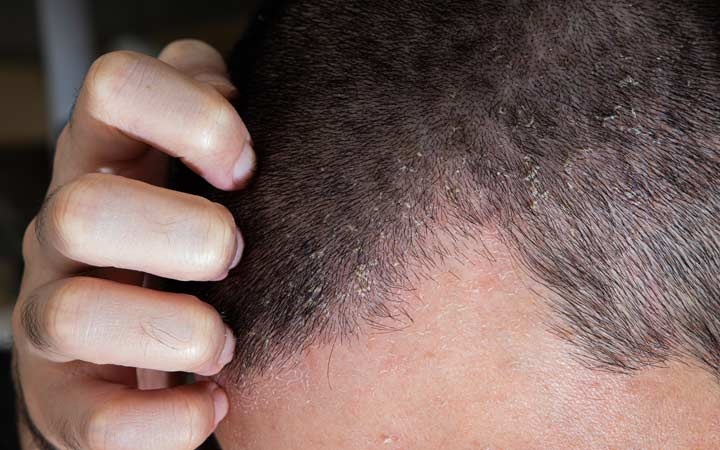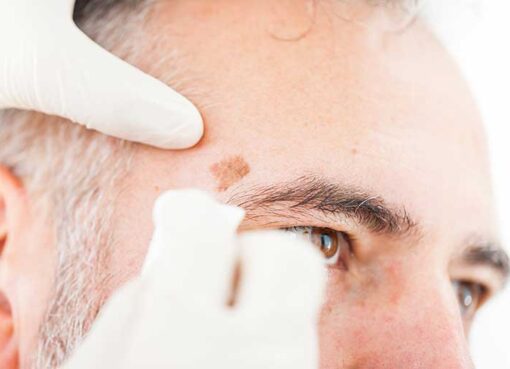Seborrheic dermatitis is a frequent type of eczema that typically affects the scalp. However, it can also affect other regions of the body. The typical cause of seborrheic dermatitis is an interaction of hereditary and environmental variables. Living with persistent itching, rash, and other seborrheic dermatitis symptoms can be uncomfortable even though it seldom results in serious bodily harm. Fortunately, the homeopathy specialist identifies the seborrhoeic dermatitis causes and prescribes the best medicines. Below mentioned are the some causes of seborrheic dermatitis:
Genetic disorder
There is a growing focus on the relationship between genetics and the onset of seborrheic dermatitis. In actuality, researchers have associated 11 protein shortages or gene mutations with seborrheic dermatitis. Most of these genes or proteins affect how the immune system works or how the skin’s outermost layer of cells matures. Researchers can more effectively focus medicines to eventually treat this benign but potentially troublesome skin condition by comprehending how genes contribute to the onset of seborrheic dermatitis.
Hormonal changes
Seborrheic dermatitis and hormonal changes have been linked. During puberty, when hormonal changes occur, the problem frequently shows up or worsens. Sebum production is thought to be influenced by hormones, including androgens, which can affect the onset of seborrheic dermatitis. Additionally, the illness may worsen during periods of hormone imbalance, such as during pregnancy or in those with specific endocrine problems.
Malassezia Yeast
Malassezia, a yeast, has grown out of control and is one of the seborrhoeic dermatitis causes which can be cured with proper homeopathy medicines. The skin naturally contains this yeast, which feeds on the sebum that the sebaceous glands produce. Malassezia yeast multiplies in people with seborrheic dermatitis, causing an inflammatory reaction that results in the condition’s recognizable symptoms.
Environmental factor
Seborrheic dermatitis can be brought on by specific environmental causes or worsened by them. In addition to exposure to harsh chemicals and allergens, cold, dry weather can worsen symptoms. Additionally, linked to a higher incidence of seborrheic dermatitis include stress, alcohol use, and smoking. Seborrheic dermatitis is also more likely to affect those with immune systems that are already impaired are receiving immunosuppressive medication.
Age and gender
Age and gender may determine who is more prone to having seborrheic dermatitis, in addition to the presence of or a person’s sensitivity to the Malassezia organism on their skin, according to studies. Seborrheic dermatitis affects men slightly more frequently than women, which raises the possibility that sex hormones like androgens may be involved. Infants less than three months old and adults 30 to 60 years of age can be common age groups affected by seborrheic dermatitis.
Medical conditions
It has been established that certain underlying medical disorders can cause seborrheic dermatitis. People with neurological conditions, including Parkinson’s and epilepsy, frequently exhibit it. Seborrheic dermatitis may also be a risk factor for those with certain autoimmune disorders. Although the precise mechanisms by which these disorders cause seborrheic dermatitis are still unclear, they may entail immunological dysregulation and inflammation.
Bottom line
You don’t need to worry if you have seborrheic dermatitis signs and symptoms because numerous efficient homeopathy treatments are available. Even the most severe instance should be amenable to a treatment strategy after speaking with a healthcare practitioner.





